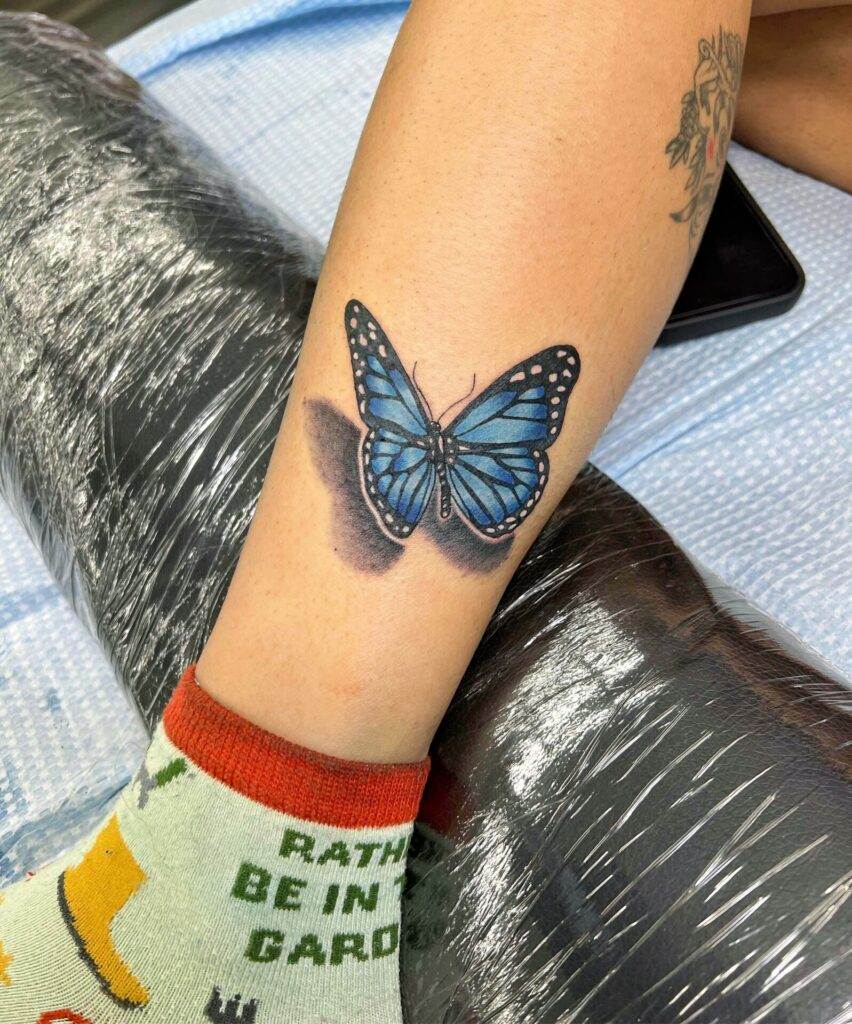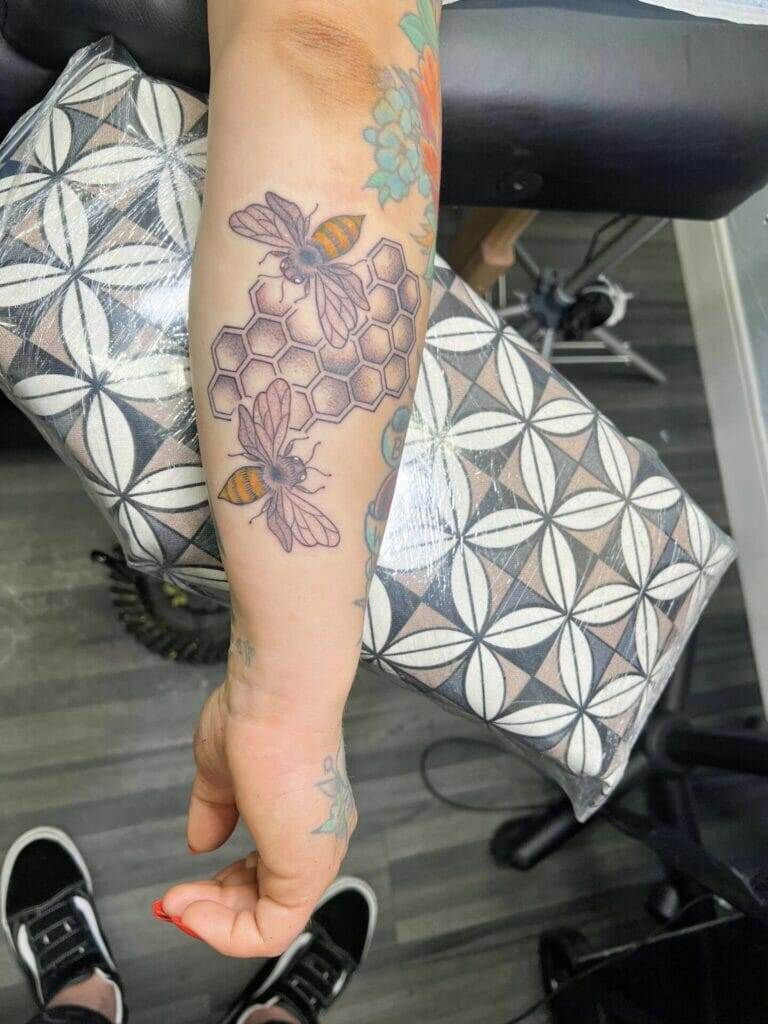Old ink holds a certain allure that captivates collectors, historians, and art enthusiasts alike. It tells a story, capturing a moment in time and preserving it for future generations. However, the passage of time can take its toll on ink, causing it to fade or become damaged. Restoring old ink is a challenging task that requires careful consideration and expertise. In this article, we will explore the beauty of old ink, the challenges of restoring faded or damaged ink, and the importance of preserving these precious artifacts.
Understanding the Causes of Faded Ink
Faded ink is a common problem faced by collectors and historians. There are several factors that contribute to ink fading, including exposure to light, chemical reactions, and the type of ink used. Light exposure is one of the main culprits behind ink fading. Ultraviolet (UV) light can break down the chemical bonds in ink pigments, causing them to lose their vibrancy over time. Chemical reactions can also occur between the ink pigments and the paper or other materials it is applied to, leading to discoloration or fading.
Different types of ink have varying levels of susceptibility to fading. For example, iron gall ink, which was commonly used in Europe from the 5th to the 19th century, is particularly prone to fading. This type of ink contains iron salts that react with air and moisture over time, causing it to fade or turn brown. On the other hand, carbon-based inks tend to be more stable and less prone to fading.
The Importance of Proper Storage for Preserving Ink
Proper storage is crucial for preserving ink and preventing it from fading or deteriorating further. The ideal storage conditions for ink include keeping it in a cool, dark place with controlled humidity levels. Exposure to light should be minimized as much as possible, as UV rays can accelerate the fading process. It is also important to protect ink from moisture, as excessive humidity can cause mold growth or ink bleeding.
To store ink properly, it is recommended to use acid-free archival materials, such as folders or boxes. These materials are designed to prevent chemical reactions that could damage the ink. Additionally, it is advisable to handle ink with clean hands or wear gloves to avoid transferring oils or dirt onto the surface.
Techniques for Restoring Faded Ink

Restoring faded ink requires careful consideration and expertise. There are several techniques that can be used to restore faded ink, depending on the severity of the fading and the type of ink used. One common method is using erasers to gently remove surface dirt or grime that may be obscuring the ink. This technique should be used with caution, as excessive rubbing can cause further damage.
Another technique involves using solvents to dissolve and remove the faded ink. Solvents such as ethanol or acetone can be applied to a cotton swab or brush and gently dabbed onto the faded areas. It is important to test these restoration techniques on a small, inconspicuous area before applying them to the entire piece, as some inks may react differently to solvents.
The Role of Chemicals in Ink Restoration
Chemicals play a crucial role in ink restoration, particularly when it comes to removing stains or discolorations. Bleaches and solvents are commonly used in the restoration process. Bleaches can be used to remove stains caused by mold or other contaminants. However, it is important to use bleaches sparingly and with caution, as they can also damage the ink if not used properly.
Solvents are used to dissolve and remove unwanted substances from the surface of the ink. They can be effective in removing dirt, grime, or other contaminants that may be obscuring the ink. However, it is important to choose solvents that are compatible with the type of ink being restored, as some solvents can cause further damage or discoloration.
The Art of Ink Bleaching: How to Remove Stains and Discolorations
Ink bleaching is a technique used to remove stains and discolorations from old ink. It involves applying a bleach solution to the affected areas and carefully monitoring the process to ensure that the desired results are achieved. Ink bleaching should only be attempted by experienced professionals, as it requires a deep understanding of the chemical reactions involved and the potential risks.
When bleaching ink, it is important to use a bleach solution that is specifically formulated for ink restoration. The concentration of the bleach should be carefully controlled to avoid damaging the ink or causing it to fade further. The bleaching process should be monitored closely, and the bleach should be removed as soon as the desired results are achieved.
The Use of Humidification in Ink Restoration
Humidification is a technique used to restore dried-out or brittle ink. It involves exposing the ink to controlled levels of humidity in order to rehydrate it and make it more pliable. This technique can be particularly effective for restoring ink that has become stiff or brittle over time.
However, humidification should be approached with caution, as excessive moisture can cause the ink to bleed or become damaged. It is important to use specialized equipment, such as humidity chambers or humidifiers, to control the humidity levels during the restoration process. Additionally, it is advisable to consult with a professional before attempting humidification on valuable or delicate pieces.
The Benefits of Professional Ink Restoration Services
While there are techniques that can be used for DIY ink restoration, there are several advantages to hiring a professional restoration service. Professionals have access to specialized equipment and expertise that can ensure the best possible results. They have a deep understanding of the chemical reactions involved in ink restoration and can tailor their techniques to the specific needs of each piece.
When choosing a professional restoration service, it is important to do thorough research and choose a reputable provider. Look for restoration services that have experience working with ink and can provide references or examples of their previous work. It is also advisable to inquire about their restoration techniques and the types of chemicals they use, to ensure that they align with your preservation goals.
DIY Ink Restoration: Tips and Tricks for Beginners
For those who are interested in restoring ink at home, there are several tips and tricks that can be followed. However, it is important to note that DIY restoration comes with its own risks and limitations. It is advisable to start with small, less valuable pieces before attempting restoration on more valuable or delicate items.
One common DIY technique for restoring faded ink is using erasers to gently remove surface dirt or grime. This technique should be used with caution, as excessive rubbing can cause further damage. Another technique involves using solvents, such as ethanol or acetone, to dissolve and remove faded ink. It is important to test these restoration techniques on a small, inconspicuous area before applying them to the entire piece.

Maintaining Restored Ink: Best Practices for Long-Term Preservation
Once ink has been restored, it is important to take steps to maintain its condition and ensure long-term preservation. The best practices for maintaining restored ink include avoiding exposure to light and moisture. Ink should be stored in a cool, dark place with controlled humidity levels. Acid-free archival materials should be used for storage, and ink should be handled with clean hands or gloves to avoid transferring oils or dirt onto the surface.
Periodic maintenance is also important for preserving restored ink. This may include cleaning the surface of the ink with a soft brush or cloth to remove dust or dirt. It is important to avoid using harsh cleaning agents or excessive force, as this can damage the ink. Regular inspections should also be conducted to check for signs of fading, discoloration, or other damage.
Bringing Old Ink Back to Life
Preserving and restoring old ink is a labor of love that requires careful consideration and expertise. Old ink holds a beauty and allure that captivates collectors, historians, and art enthusiasts alike. By understanding the causes of faded ink, implementing proper storage techniques, and utilizing restoration methods such as bleaching or humidification, it is possible to bring old ink back to life and preserve it for future generations. Whether you choose to hire a professional restoration service or embark on a DIY restoration project, taking steps to preserve your own ink collections is a worthwhile endeavor.



